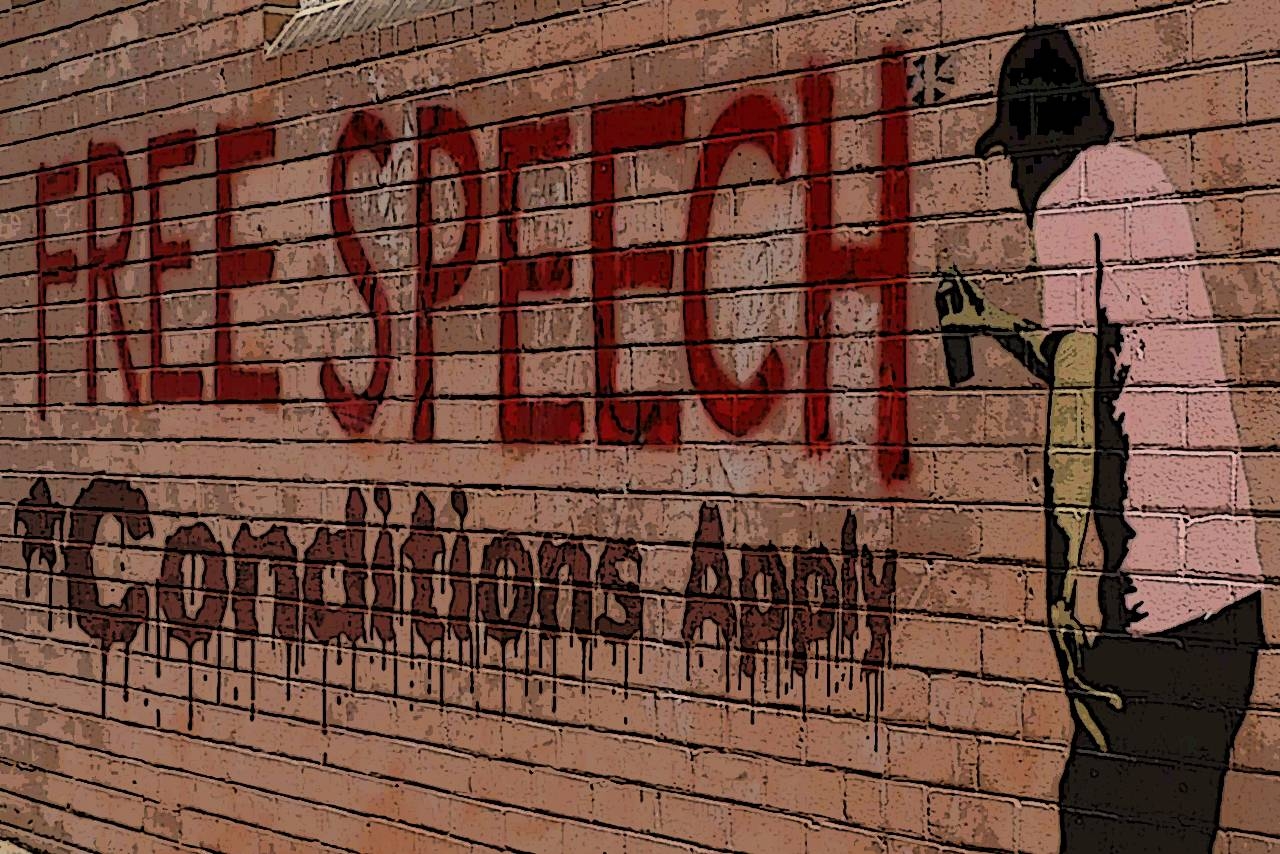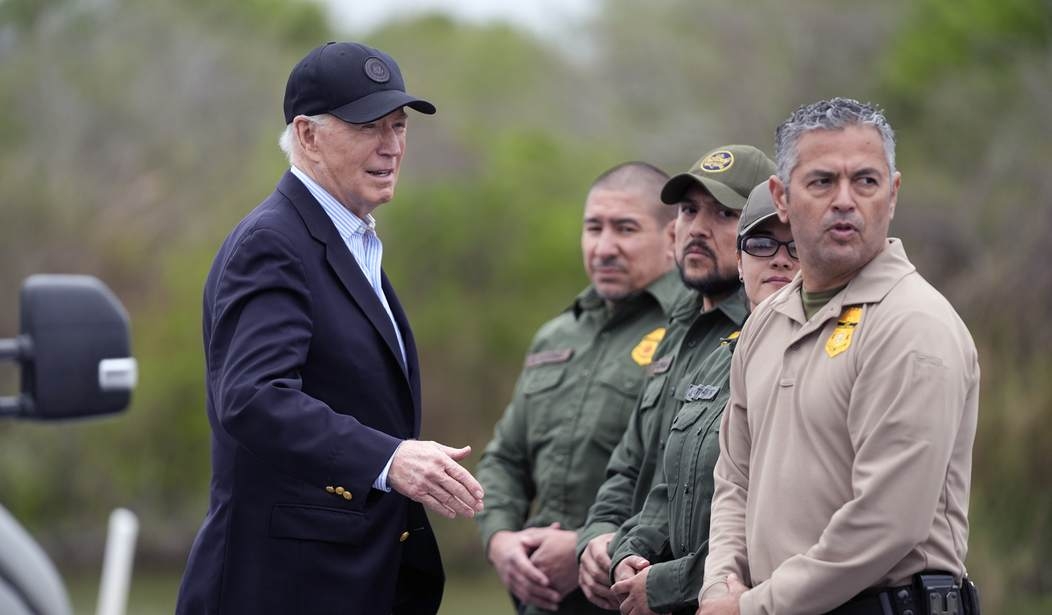GOOD MORNING FRIENDS AND FOLLOWERS: YESTERDAY, THERE WERE PRESIDENTIAL ELECTIONS IN VENEZUELA. THE NEWS THIS MORNING WERE "PRESIDENT NICOLAS MADURO WON REELECTION". WHY IS THIS RELEVANT TO US IN THE U.S.A? I WILL TRY TO MAKE A LONG STORY IN THE SHORTEST POSSIBLE WAY. VENEZUELA HAS BEEN COMMUNIST FOR THE PAST 34 YEARS. WHEN COMMUNISTS FINALLY REACH POWER, THEY NEVER LEAVE VOLUNTARILY, NEITHER CONCEDE ELECTIONS TO ANY OPPOSITION AND REMAIN IN POWER BY ANY MEANS NECCESSARY. VENEZUELA USED TO BE ONE OF THE RICHEST OIL EXPORTING COUNTRIES IN SOUTH AMERICA. IN THE 1980s, HUGO CHAVEZ WAS AN OFFICER IN THE VENEZUELAN ARMY, HE TRIED A MILITARY COUP D'ETAT TO OVERTHROW THE DEMOCRATIC GOVERNMENT, HE FAILED AND WENT TO JAIL. HUGO CHAVEZ WAS A COMMUNIST IN DISGUISE. AFTER BEING RELEASED FROM JAIL, IN 1992 HE RAN FOR PRESIDENT IN DEMOCRATIC ELECTIONS AND WON. IMMEDIATELY HE CHANGED THE CONSTITUTION AND STARTED MAKING ALLIANCES WITH COUNTRIES LIKE CUBA, IRAN, CHINA, NORTH KOREA... SOME OF CHAVEZ' FRIENDS IN THE HIGH TECH INDUSTRY, INVENTED A KIND OF VOTING COUNTING MACHINES UNDER THE NAME "SMARTMATIC". WITH THOSE MACHINES, HE NEVER LOST AN ELECTION. THE MACHINES WERE SOLD TO EVERY COUNTRY IN LATIN AMERICA AND SOON, ALMOST EVERY COUNTRY IN THE REGION INSTALLED A SOCIALIST OR COMMUNIST GOVERNMENT. THE ELECTIONS RESULTS (USING SMARTMATIC) WERE INVARIABLY 51% FOR THE COMMUNIST, 49% FOR THE OPPOSITION. HUGO CHAVEZ GOT VERY SICK WITH CANCER AND WAS TAKEN TO CUBA FOR TREATMENT. HE WENT BACK TO CARACAS AS A STINKY CORPSE BUT THE GOVERNMENT TOLD THE PEOPLE THAT "THE PRESIDENT WAS VER SICK AND THAT HIS LAST WISH WAS TO NAME NICOLAS MADURO AS HIS SUCCESSOR". NICOLAS MADURO WAS NOT LEGALLY THE VICE PRESIDENT BUT WAS A PROVEN COMMUNIST TRAINED IN CUBA. MADURO WAS INSTALLED AS "PRESIDENT". AFTER A BIG SCANDAL FOR ELECTION FRAUD IN PHILIPPINES, THE SMARTMATIC MACHINES WERE QUESTIONED AND LOST REPUTATION AS ACCURATE VOTES COUNTING MACHINES. SMARTMATIC MOVED HEADQUARTERS TO CANADA, BRITAIN, SPAIN... BECOMING AN INTERNATIONAL COMPANY AND CHANGING THE NAME TO "DOMINION". ARE YOU SEEING THE CONNECTIONS SO FAR? DOMINION CAME TO THE UNITED STATES AND YOU ALREADY KNOW THE STORY. DOMINION MACHINES CAN BE CONNECTED TO THE INTERNET, CAN BE ALTERED WITH VIRUSES AND SOFTWARE FROM EXTERNAL DRIVES, CAN BE PROGRAMMED TO FAVOR ONE SIDE OVER THE OTHER AND CAN EVEN COUNT FRAGMENTS OF VOTES, LIKE 0.75% OF ONE VOTE FOR A CANDIDATE AND GIVE 0.25% TO THE OTHER. THAT FEATURE WAS USED TO ELECT OBAMA. 2020 AND 2022 ARE STILL FRESH IN OUR MIND. BIDEN NEVER WON 81 MILLION VOTES, HE WAS INSTALLED, NOT ELECTED. NOW WE HAVE "OBAMALA", A CORONATION BEFORE A CONVENTION AND BEFORE AN ELECTION. THE REPUBLICAN VICE PRESIDENTIAL CANDIDATE J.D. VANCE WAS IN CONGRESS AND HE KNOWS A THING OR TWO ABOUT KAMALA. I DECIDED TO REPRODUCE HERE VANCE'S SPEECH IN MINNESOTA WHERE HE EXPOSES MANY THINGS ABOUT KAMALA BUT NOT ALL. SHE HAS A DIRTY AND DARK HISTORY FROM SAN FRANCISCO AND SHE IS REALLY A RADICAL COMMUNIST, NOT TALENTED BUT A DOCILE PUPPET OF OBAMA.
GOOD MORNING FRIENDS AND FOLLOWERS: YESTERDAY, THERE WERE PRESIDENTIAL ELECTIONS IN VENEZUELA. THE NEWS THIS MORNING WERE "PRESIDENT NICOLAS MADURO WON REELECTION". WHY IS THIS RELEVANT TO US IN THE U.S.A? I WILL TRY TO MAKE A LONG STORY IN THE SHORTEST POSSIBLE WAY. VENEZUELA HAS BEEN COMMUNIST FOR THE PAST 34 YEARS. WHEN COMMUNISTS FINALLY REACH POWER, THEY NEVER LEAVE VOLUNTARILY, NEITHER CONCEDE ELECTIONS TO ANY OPPOSITION AND REMAIN IN POWER BY ANY MEANS NECCESSARY. VENEZUELA USED TO BE ONE OF THE RICHEST OIL EXPORTING COUNTRIES IN SOUTH AMERICA. IN THE 1980s, HUGO CHAVEZ WAS AN OFFICER IN THE VENEZUELAN ARMY, HE TRIED A MILITARY COUP D'ETAT TO OVERTHROW THE DEMOCRATIC GOVERNMENT, HE FAILED AND WENT TO JAIL. HUGO CHAVEZ WAS A COMMUNIST IN DISGUISE. AFTER BEING RELEASED FROM JAIL, IN 1992 HE RAN FOR PRESIDENT IN DEMOCRATIC ELECTIONS AND WON. IMMEDIATELY HE CHANGED THE CONSTITUTION AND STARTED MAKING ALLIANCES WITH COUNTRIES LIKE CUBA, IRAN, CHINA, NORTH KOREA... SOME OF CHAVEZ' FRIENDS IN THE HIGH TECH INDUSTRY, INVENTED A KIND OF VOTING COUNTING MACHINES UNDER THE NAME "SMARTMATIC". WITH THOSE MACHINES, HE NEVER LOST AN ELECTION. THE MACHINES WERE SOLD TO EVERY COUNTRY IN LATIN AMERICA AND SOON, ALMOST EVERY COUNTRY IN THE REGION INSTALLED A SOCIALIST OR COMMUNIST GOVERNMENT. THE ELECTIONS RESULTS (USING SMARTMATIC) WERE INVARIABLY 51% FOR THE COMMUNIST, 49% FOR THE OPPOSITION. HUGO CHAVEZ GOT VERY SICK WITH CANCER AND WAS TAKEN TO CUBA FOR TREATMENT. HE WENT BACK TO CARACAS AS A STINKY CORPSE BUT THE GOVERNMENT TOLD THE PEOPLE THAT "THE PRESIDENT WAS VER SICK AND THAT HIS LAST WISH WAS TO NAME NICOLAS MADURO AS HIS SUCCESSOR". NICOLAS MADURO WAS NOT LEGALLY THE VICE PRESIDENT BUT WAS A PROVEN COMMUNIST TRAINED IN CUBA. MADURO WAS INSTALLED AS "PRESIDENT". AFTER A BIG SCANDAL FOR ELECTION FRAUD IN PHILIPPINES, THE SMARTMATIC MACHINES WERE QUESTIONED AND LOST REPUTATION AS ACCURATE VOTES COUNTING MACHINES. SMARTMATIC MOVED HEADQUARTERS TO CANADA, BRITAIN, SPAIN... BECOMING AN INTERNATIONAL COMPANY AND CHANGING THE NAME TO "DOMINION". ARE YOU SEEING THE CONNECTIONS SO FAR? DOMINION CAME TO THE UNITED STATES AND YOU ALREADY KNOW THE STORY. DOMINION MACHINES CAN BE CONNECTED TO THE INTERNET, CAN BE ALTERED WITH VIRUSES AND SOFTWARE FROM EXTERNAL DRIVES, CAN BE PROGRAMMED TO FAVOR ONE SIDE OVER THE OTHER AND CAN EVEN COUNT FRAGMENTS OF VOTES, LIKE 0.75% OF ONE VOTE FOR A CANDIDATE AND GIVE 0.25% TO THE OTHER. THAT FEATURE WAS USED TO ELECT OBAMA. 2020 AND 2022 ARE STILL FRESH IN OUR MIND. BIDEN NEVER WON 81 MILLION VOTES, HE WAS INSTALLED, NOT ELECTED. NOW WE HAVE "OBAMALA", A CORONATION BEFORE A CONVENTION AND BEFORE AN ELECTION. THE REPUBLICAN VICE PRESIDENTIAL CANDIDATE J.D. VANCE WAS IN CONGRESS AND HE KNOWS A THING OR TWO ABOUT KAMALA. I DECIDED TO REPRODUCE HERE VANCE'S SPEECH IN MINNESOTA WHERE HE EXPOSES MANY THINGS ABOUT KAMALA BUT NOT ALL. SHE HAS A DIRTY AND DARK HISTORY FROM SAN FRANCISCO AND SHE IS REALLY A RADICAL COMMUNIST, NOT TALENTED BUT A DOCILE PUPPET OF OBAMA.












